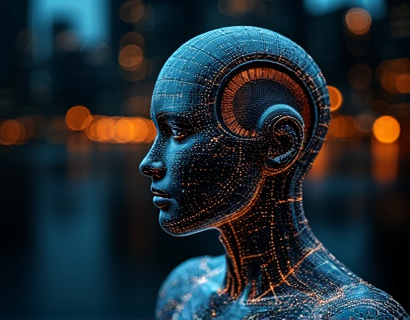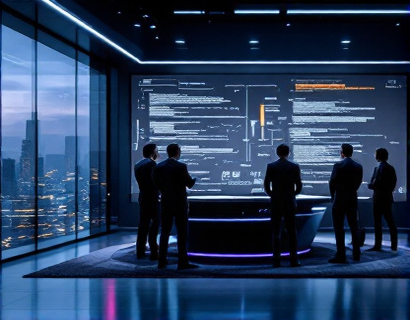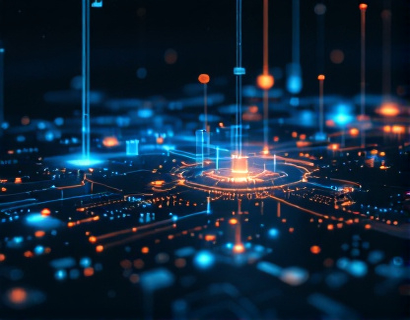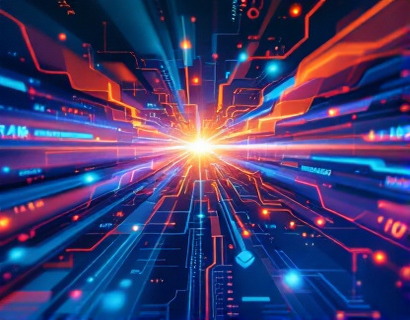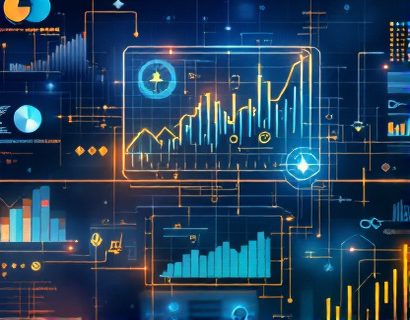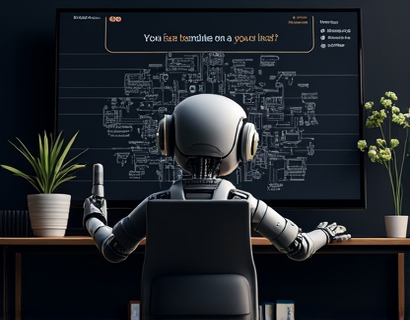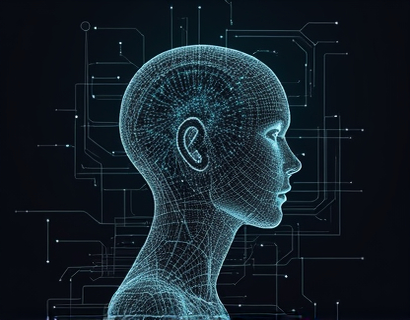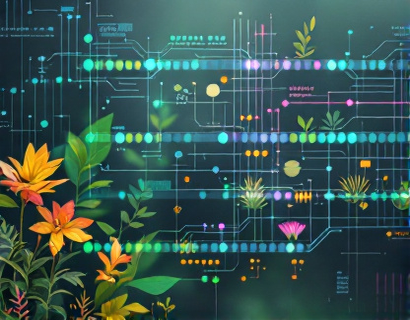AI-Powered Translation Tools: Elevating Global Communication with Advanced Technology
In an increasingly interconnected world, the ability to communicate across language barriers has become more crucial than ever. AI-powered translation tools are at the forefront of this revolution, offering precise and rapid translations that bridge the gap between diverse cultures and industries. These advanced technologies are not just about translating words; they are about enhancing global interactions, fostering better business relationships, and breaking down the barriers that language differences create.
The Evolution of Translation Technology
The journey of translation technology has been remarkable, evolving from manual processes to sophisticated AI-driven solutions. Early translation methods relied heavily on human translators, which, while accurate, were time-consuming and costly. The advent of machine translation in the mid-20th century marked a significant shift, but these initial systems struggled with context, nuance, and idiomatic expressions. Fast forward to the present, and AI has transformed translation technology, making it faster, more accurate, and contextually aware.
How AI Enhances Translation Accuracy
AI-powered translation tools leverage machine learning algorithms and natural language processing to understand and translate text with unprecedented accuracy. These systems are trained on vast datasets, allowing them to learn from millions of translations and improve over time. Unlike traditional rule-based systems, AI can adapt to new phrases, slang, and context-specific meanings, ensuring that translations are not only linguistically correct but also culturally relevant.
Real-Time Translation Capabilities
One of the most significant advantages of AI-powered translation tools is their real-time capabilities. Businesses can now conduct meetings, negotiations, and collaborations across languages without the delay associated with human translation. This immediacy is particularly valuable in fast-paced industries such as finance, healthcare, and technology, where timely communication can be a matter of success or failure. Real-time translation also enhances customer service, enabling companies to provide support to a global audience instantly.
Enhancing Business Interactions
For businesses, AI translation tools are a game-changer. They facilitate seamless communication with international partners, clients, and employees, breaking down language barriers that once hindered collaboration. This enhanced connectivity leads to more effective teamwork, better market understanding, and increased customer satisfaction. Companies can expand their reach into new markets with confidence, knowing that language will not be a barrier to success.
Industry-Specific Applications
The benefits of AI-powered translation tools extend across various industries. In the healthcare sector, accurate translation is vital for patient care and safety. Medical professionals can communicate effectively with patients who speak different languages, ensuring that critical information is conveyed without misinterpretation. In the legal field, precise translations are essential for contracts, court documents, and legal advice, where even a small error can have significant consequences. The education sector also benefits, as students and educators can access a wealth of resources in multiple languages, enriching the learning experience.
User-Friendly Interfaces
Modern AI translation tools are designed with user experience in mind. Intuitive interfaces make it easy for users to input text, select languages, and receive accurate translations. Many tools offer features such as voice translation, text-to-speech, and even image recognition for visual content translation. These features ensure that translation is accessible and convenient, catering to a wide range of user needs and preferences.
Overcoming Cultural Nuances
While AI has made significant strides in translation accuracy, understanding cultural nuances remains a challenge. However, advanced AI systems are increasingly capable of recognizing and adapting to cultural contexts. This includes handling idioms, humor, and regional expressions that may not translate directly. By incorporating cultural insights, these tools ensure that translations are not only linguistically correct but also culturally appropriate, enhancing the overall communication experience.
Privacy and Security Considerations
As with any technology that handles sensitive information, privacy and security are paramount. Reputable AI translation services prioritize data protection, ensuring that user inputs are encrypted and stored securely. Many platforms offer on-device translation, meaning that sensitive information never leaves the user's device. This commitment to security builds trust and encourages widespread adoption of AI translation tools across various sectors.
Future Prospects and Innovations
The future of AI-powered translation is promising, with ongoing research and development pushing the boundaries of what is possible. Advancements in deep learning and neural networks are expected to further improve translation quality, making it nearly indistinguishable from human translation. The integration of AI with other technologies, such as augmented reality and the Internet of Things, will open new avenues for real-time, context-aware translations in everyday life. The potential for AI to facilitate global understanding and collaboration has never been greater.
Conclusion
AI-powered translation tools are revolutionizing the way we communicate across languages and cultures. By offering precise, rapid, and contextually aware translations, these technologies are breaking down barriers that once limited global interactions. Whether in business, healthcare, education, or personal communication, AI translation tools are enhancing connections and fostering a more interconnected world. As the technology continues to evolve, the future of global communication looks brighter and more accessible than ever before.




